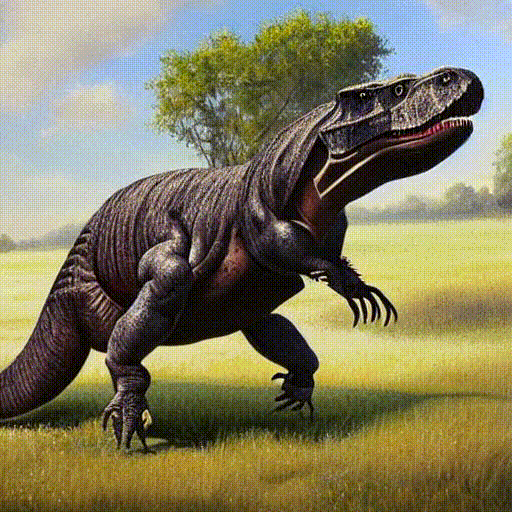I tried the interpolation example notebook shared by @puru for dinosaur to chicken evolution.

dino-chicken intermediate by the model ![]()
Original post
I tried the interpolation example notebook shared by @puru for dinosaur to chicken evolution.

dino-chicken intermediate by the model ![]()
Original post